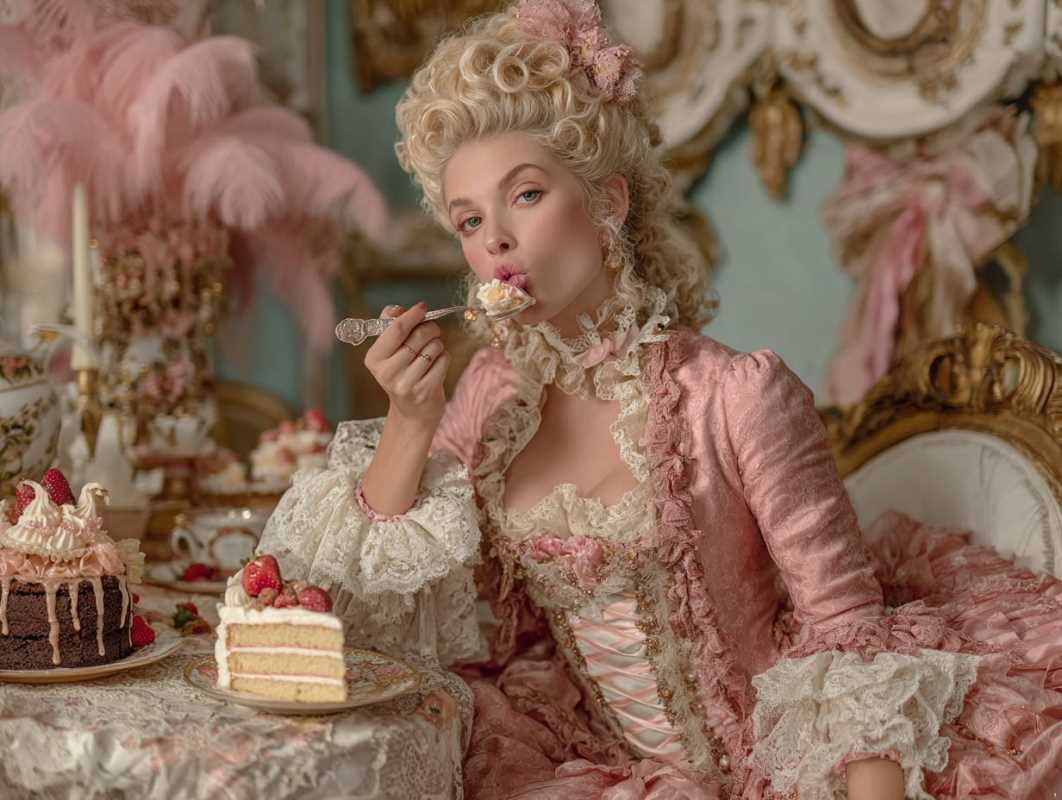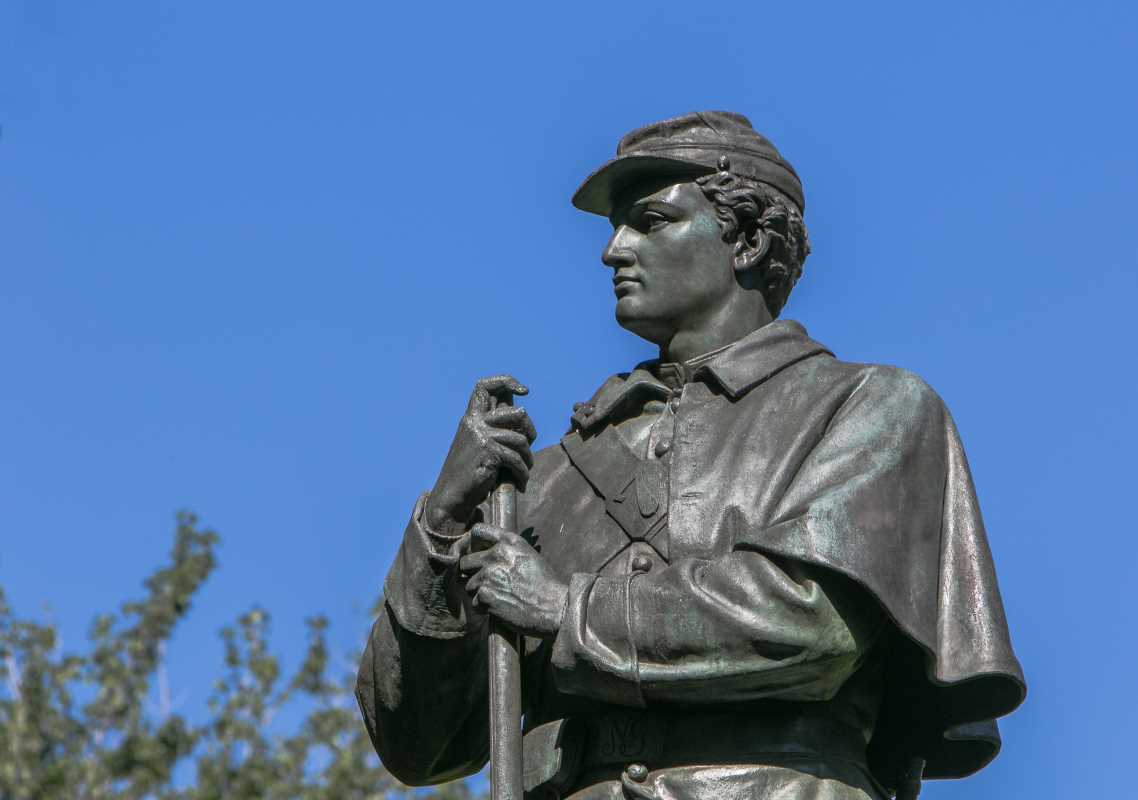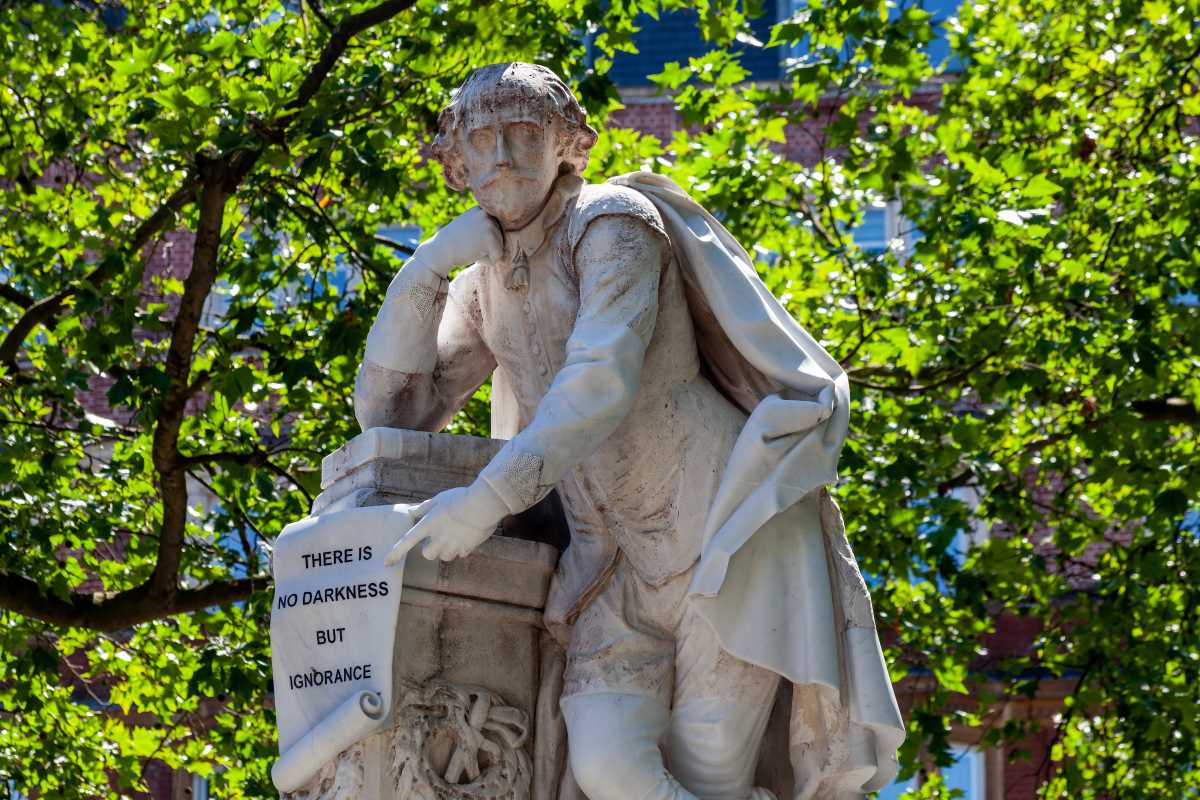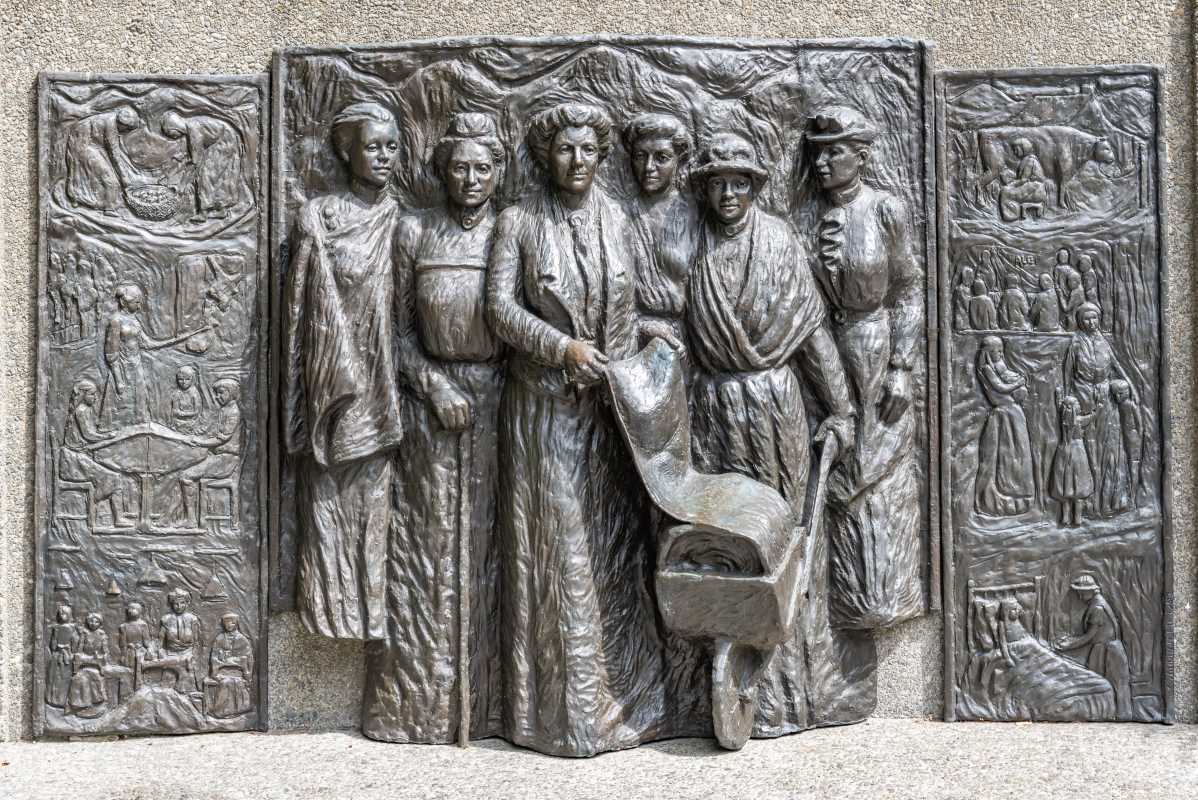Holidays are times of joy and celebration, but they’re also filled with traditions whose origins often seem unrelated to the events or meanings they commemorate. From decorating Christmas trees to hunting for Easter eggs, these customs are familiar, yet their historical origins often remain a mystery. By exploring the stories behind these practices, we can uncover how a mix of religious rituals, folklore, and creativity shaped the holidays we cherish today.
Christmas and the Evergreen Tree
For many, the Christmas tree is the heart of the season. Yet, its origins have little connection to the story of Jesus’ birth. Instead, the Christmas tree traces back to ancient pagan traditions, particularly among Nordic and Germanic peoples. Evergreens symbolized life and renewal during the barren winter months, and they were often used in festivals celebrating the winter solstice.
By the 16th century, German Christians began incorporating decorated trees into their Christmas celebrations. The tradition gained widespread popularity after Prince Albert, husband of Queen Victoria, introduced the Christmas tree to England in the 19th century. The Victorians adored its enchanting aesthetic, and as German immigrants carried the custom to America, it became an enduring symbol of Christmas domestically and abroad.
Today, the Christmas tree reflects a blend of nature worship, Christian festivities, and modern commercialism. Baubles and bright lights may not have spiritual significance, but they continue the tradition of celebratory beauty.
Easter Eggs and Bunnies
The central story of Easter celebrates the resurrection of Jesus, yet symbols like eggs and rabbits don’t seem connected to the religious occasion. Their origins lie in ancient fertility and springtime rituals. Eggs, which symbolize new life, were used in pagan celebrations of the spring equinox long before Christianity. Early Christians adopted the egg as a symbol of the empty tomb and Christ’s resurrection, developing the tradition of decorating them to mark the occasion.
The Easter Bunny, similarly, has pagan roots. Rabbits and hares, known for their prolific breeding, symbolized fertility in many ancient cultures. German immigrants brought the idea of the “Osterhase” or Easter hare to America in the 18th century. According to legend, this hare would lay eggs for children to find, blending old folklore with Christian festivities.
These secular symbols now coexist with religious themes, making Easter a fusion of spiritual and seasonal traditions.
Halloween and Its Sweet Tooth
Halloween originated as the Celtic festival of Samhain, marking the end of the harvest season and the beginning of winter. Celts believed the line between the living and dead was thinnest on this night, leading to traditions of warding off spirits with costumes and rituals.
The modern association of Halloween with candy dates back to the 20th century. Originally, trick-or-treating evolved from “souling,” a medieval Christian practice where children went door-to-door offering prayers for the dead in exchange for food. By the 20th century, costumes and door-to-door visits had shifted toward fun and community engagement. Candy companies seized the opportunity to market sweets specifically for Halloween, and by the 1950s, sugary treats became an essential part of the holiday.
While its ancient roots tie Halloween to mystical and spiritual themes, today it’s a festival of fun, fueled by candy and creativity.
Thanksgiving and Turkey
Thanksgiving in the United States is a tradition centered around gratitude and family gatherings. While it commemorates the 1621 autumn feast shared by Pilgrims and Native Americans, many of the food traditions we associate with the holiday evolved much later.
Turkey, for instance, wasn’t the main course during the original feast. Instead, it likely featured venison, fish, and possibly wild fowl. Turkey became the holiday’s centerpiece due to its practicality in farming. By the 19th century, the bird was widely regarded as the ideal meat for feeding families during large gatherings. This image was cemented when writers like Sarah Josepha Hale, who campaigned to make Thanksgiving a national holiday, included turkey in her descriptions of the feast.
Thanksgiving traditions today blend historical, agricultural, and cultural influences, elevating turkey to an iconic status symbolizing abundance and community.
New Year’s and the Celebratory Toast
New Year’s celebrations are embedded in cultures around the world, but the practice of toasting and making resolutions is particularly curious. The idea of making resolutions dates back to ancient Babylon, where people made promises to their gods to repay debts and return borrowed items for good fortune.
Meanwhile, the tradition of toasting with a drink has Roman origins. Romans would offer toasts to their health and honor Janus, the two-faced god looking forward and backward, at the start of the year. The clinking of glasses, often seen as purely festive now, originally served to ward off evil spirits by creating noise.
New Year’s customs have always carried themes of reflection and renewal, reminding us that the end of one year is a chance to start fresh.
Valentine’s Day and Sweet Gestures
Though Valentine’s Day celebrates love, its connection to chocolate, flowers, and greeting cards isn’t entirely obvious. The holiday likely derives from the Roman festival of Lupercalia, a fertility celebration held in mid-February. This pagan tradition was later Christianized and associated with the story of Saint Valentine, a martyred priest who secretly married couples during the Roman Empire.
The commercial aspects of Valentine’s Day emerged much later, particularly in the 19th century. Cards, chocolates, and flowers became symbols of affection thanks to advancements in industrial production and savvy advertising. Greeting card companies capitalized on the day, and Cupid, derived from Roman mythology, became a prominent figure used to market love.
While its origins may be romanticized, Valentine’s Day demonstrates how traditions evolve through cultural storytelling and monetization.
Fourth of July and Barbecues
Independence Day in the United States is a celebration of freedom, marking the signing of the Declaration of Independence in 1776. However, grilling hot dogs and setting off fireworks seem far removed from the revolutionary spirit of the Founding Fathers.
The custom of fireworks dates back to Chinese innovations in gunpowder, which became a European tradition for marking special events. John Adams even wrote of his hope that future Independence Day celebrations would include “illuminations from one end of this continent to the other.”
Barbecues, by contrast, became part of the Fourth of July due to their communal appeal. Large outdoor gatherings, often practical during summer, allowed towns and families to celebrate together. Over time, barbecues embodied the day’s spirit of unity and relaxation, creating a distinctly American way to commemorate the country’s independence.
Combining Tradition with Modernity
The beauty of holiday traditions lies not just in their origins but in their ability to adapt and endure through time. What begins as a sacred ritual may evolve into family customs or commercial events shared across the globe.
Traditions like the Christmas tree or Easter eggs remind us how cultural symbols can bridge religious and secular meanings. Halloween candy and Thanksgiving turkey demonstrate how practical decisions often transform into cherished practices. And celebratory customs like New Year’s toasts or Valentine’s chocolates show how modern creativity can enhance ancient stories.
These traditions, seemingly unrelated to the holidays’ core meanings, add richness and depth to our celebrations. They offer an opportunity to reflect on the ways our ancestors connected to life, seasons, and each other. Ultimately, they make each holiday more than a date on the calendar; they make it a time to connect, remember, and rejuvenate.
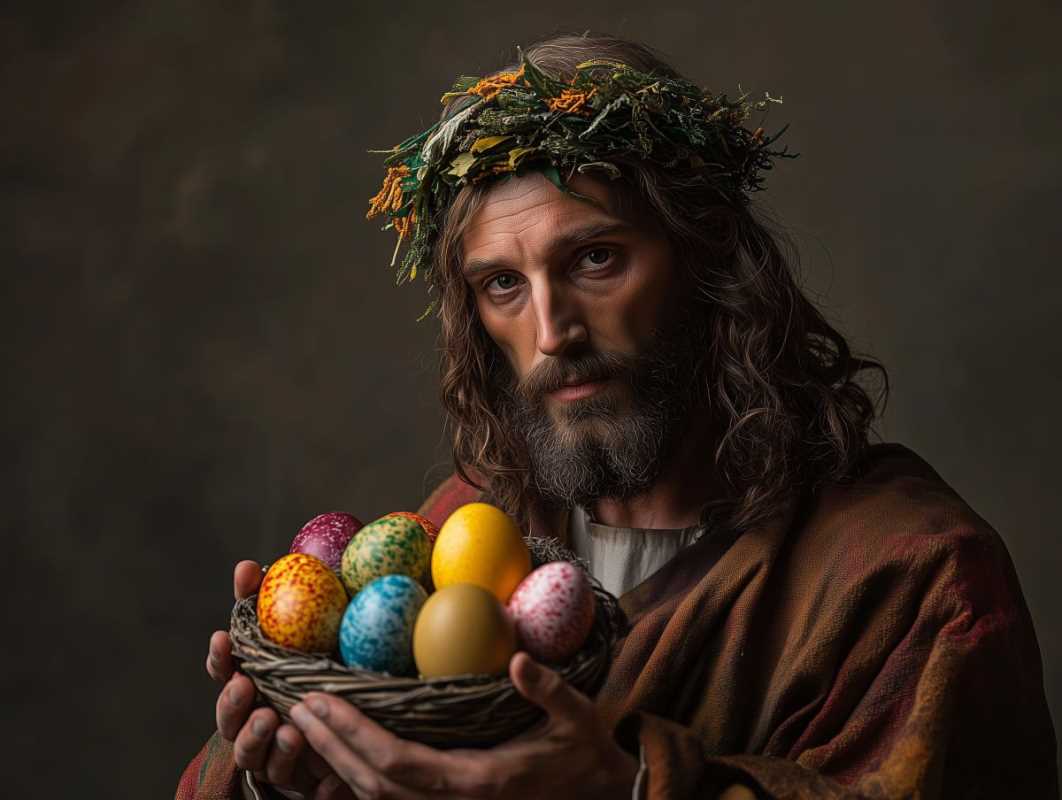 (Image source: Midjourney)
(Image source: Midjourney) 